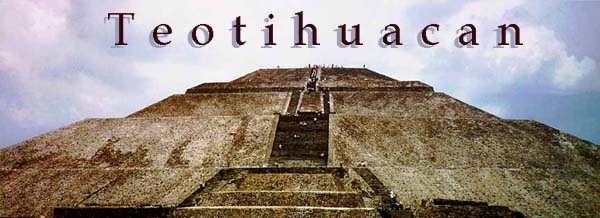

The
archeological site of Teotihuacán is one of the 'must see' treasures
of the Central Valley of Mexico. About 20 square km large, it is located
some 50 km to the northeast of Mexico City, 200 km away from Puebla.
Teotihuacán
was the metropolis of one of the biggest pre-Hispanic civilizations, with
about 200,000 inhabitants in the 6th century AD. The building of the city
began about the time of Chirst. The city hosts the Pyramid of the Sun (150
AD), the second biggest pyramid in Mexico, and the third biggest in the
world. Centuries after its fall, Teotihuacán was still a pilgrimage
site for Aztec royalty, who believed that all gods had sacrified themselves
here to start the sun moving at the beginning of the 'fifth world', which
was the era Aztecs inhabited.
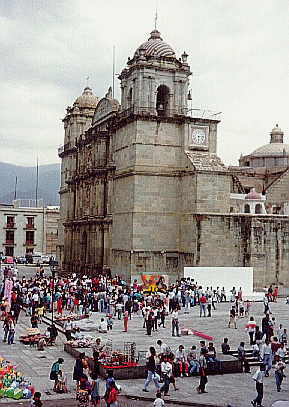
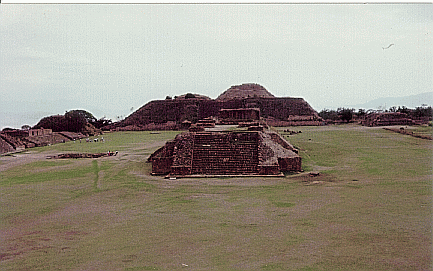
The rugged state of Oaxaca, 250 km away from the Central Valley of Mexico, remains a whole world away in its own atmosphere, protected as it is by a hard-to-penetrate mountain range. Oaxaca is one of the states with a largest proportion of indigenous population, who are the driving force responsible for the state's reknowned handicrafts.
Oaxaca city, capital of the state, is an artistry colonial city, where our hotel will be located.
The excursion includes visits on Saturday and Sunday to the archeological sites of Monte Albán (800 BC- 950 AD), Mitla (100 AD) and Yagul (900 AD), built by the Zapotec and Mixtec cultures in the Central Valleys of Oaxaca. Until the Aztecs arrived in the 15th century AD, Oaxaca traded with other civilizations of Mexico, but was mostly undisturbed by invasors. It thus developed a rich culture which rivaled with those of the Central Valley of Mexico. Monte Albán became the leading governing and religious center of the Zapotec culture, and it hosts what is believed to be the one of the oldest observatories in pre-Hispanic Mexico.
On Sunday morning, we will pay a visit to the market of Tlacolula, where we recommend you to have a local breakfast in one of the stands. With a strong Indian presence, this is an ideal place to look for a good collection of handicrafts to bring home.
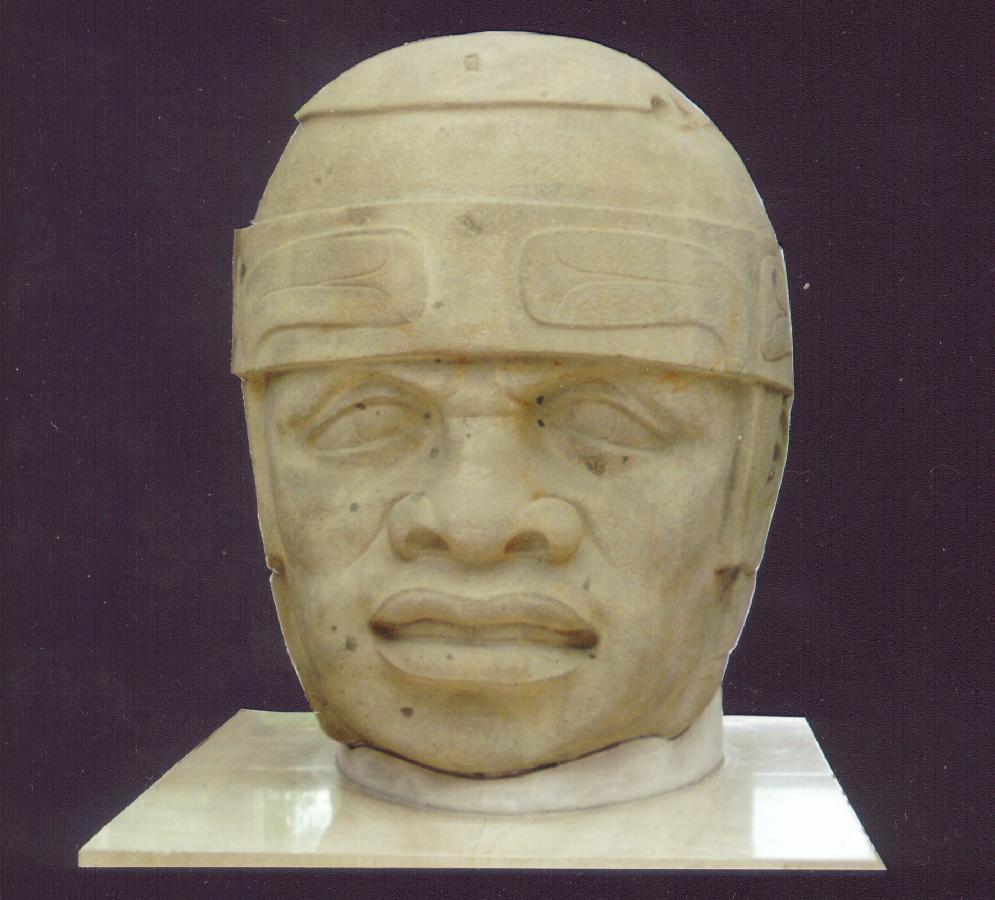
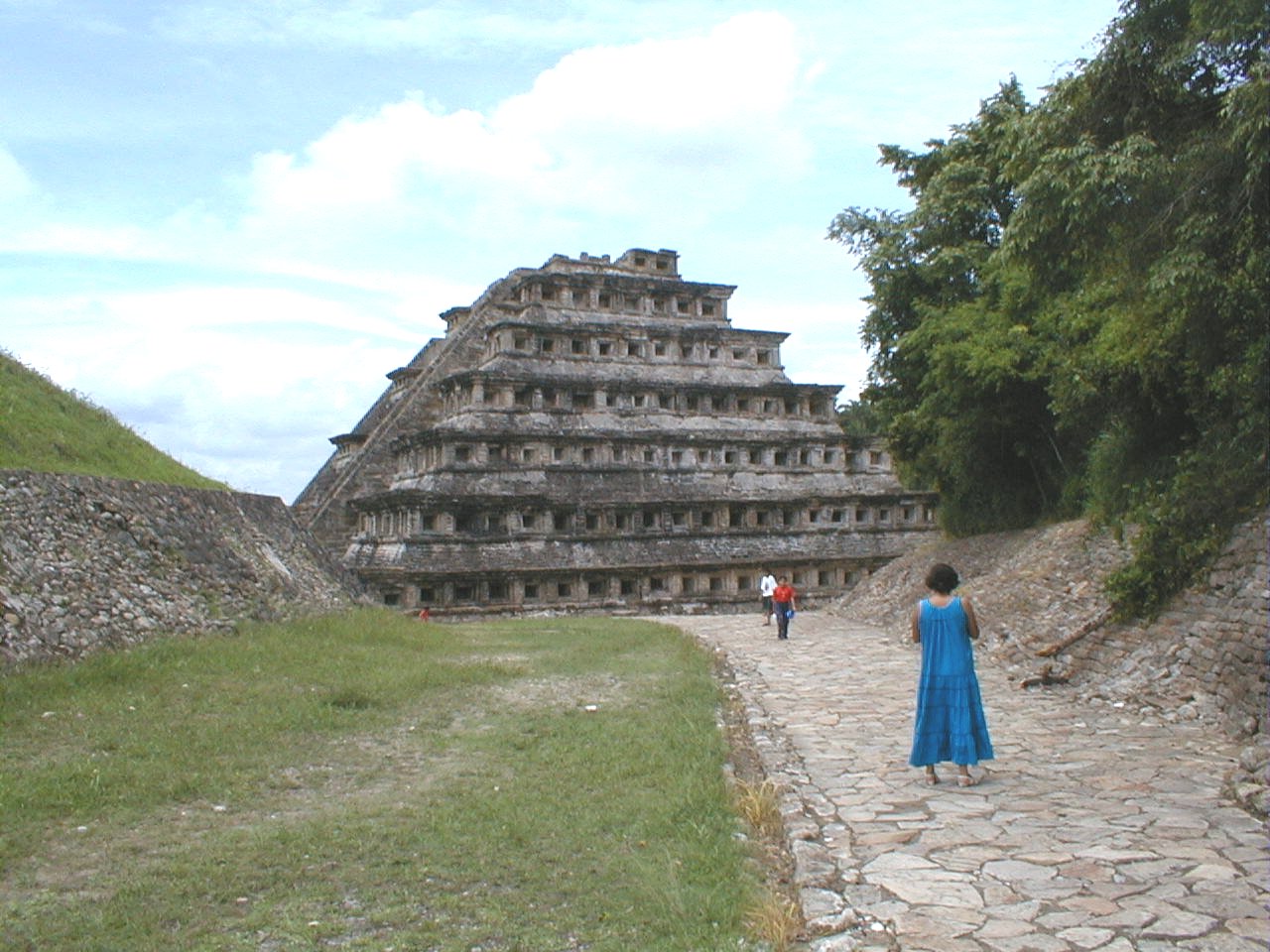
Xalapa, the colonial gem of the Mexican Gulf, is the capital state of Veracruz. The city hosts one of the best anthropology museums of the Republic. Special attention should be paid to the seven huge Olmec heads (1200 to 900 BC) in its collection.
Veracruz, reknown for its harbour as the outside gateway to the world, is the most musical city in Mexico, with a hedonistic, tropical and festive atmosphere. Danzon dancers delight in the Zócalo on Saturday evenings, when the city becomes a party. Our hotel will be located in a centric zone where we will be able to enjoy the atmosphere.
On Sunday morning we will visit the archelogical site of El Tajín, first occupied by the Classic Verzacruz civilizations circa 100 AD. El Tajín's special fetures are rows of square niches on the sides of buildings and a huge number of ball-game fields.
Sunday lunch-time will be spent at a beach resort. Bring a bathing suit with you...
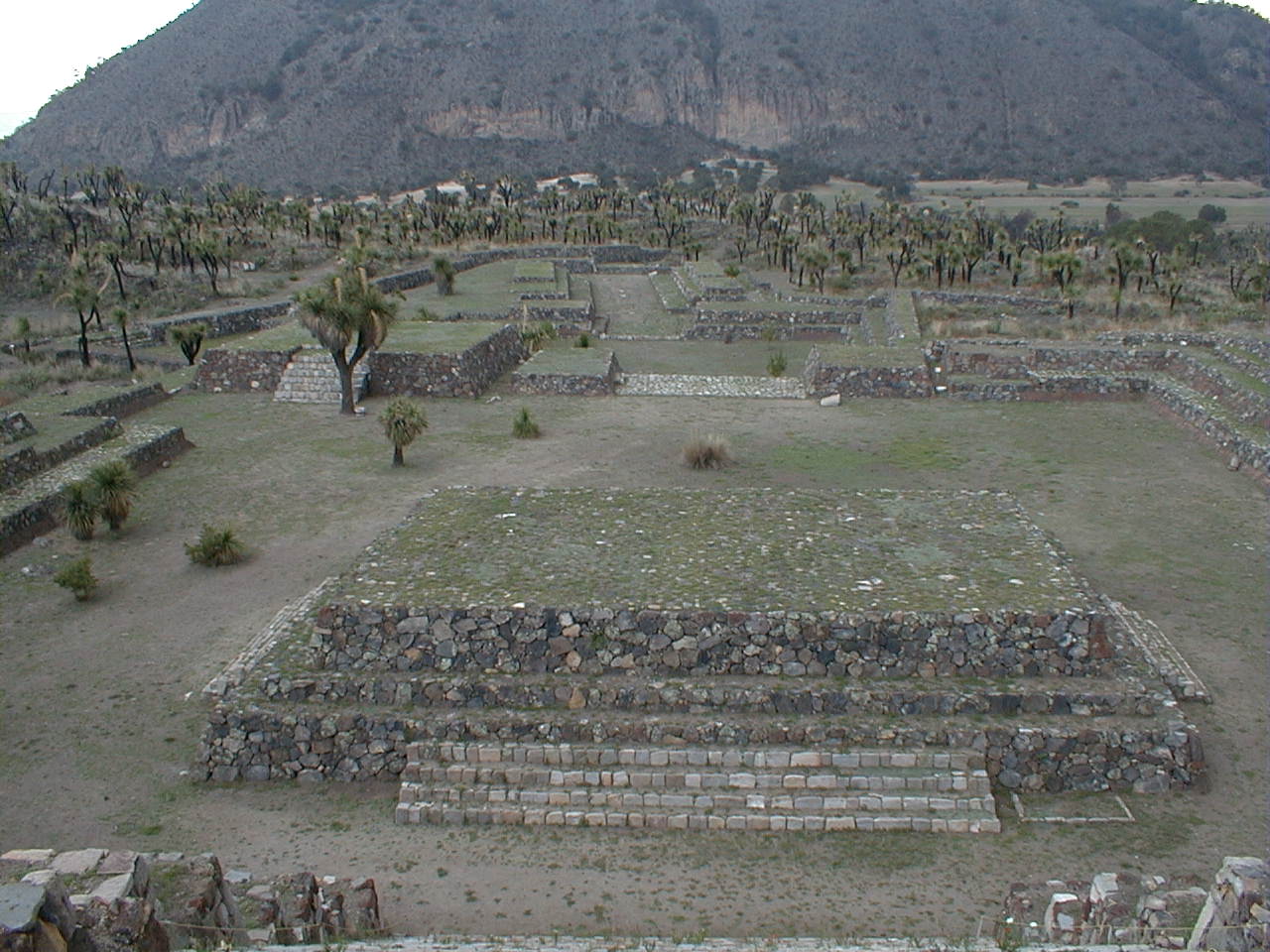
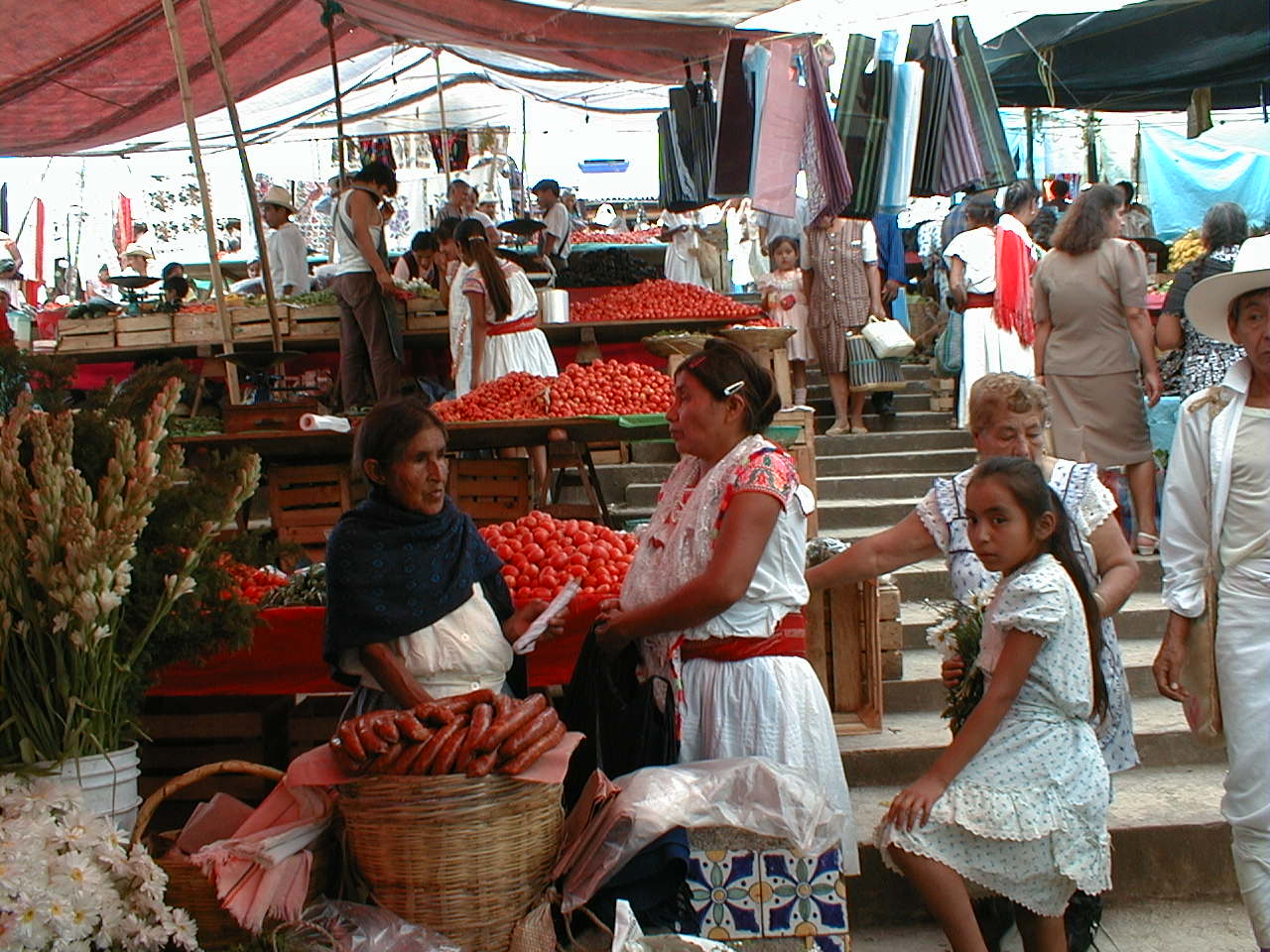
Cantona is one of the recently found archeological sites in the state of Puebla. One of the rising civilizations after the fall of Teotihuacán, Cantona holds an important place in the anthropological heritage of Mexico both beacuse of its acropolis, with numerous ball-game fields, but most strickingly, because of the remainings of houses of lay-men. A full visit to the excavated section (only a small percentage of the remainings) takes about 3-4 hr.
The Sierra Norte de Puebla rises over 2500m before it falls abruptly to the Gulf coastal plain. This is a fertile and dramatic land covered with pine trees at the higher altitudes and semitropical forests lower down. Cuetzalan is the most attractive destination in the Sierra Norte, with a large Nahua and Totonac Indian population. We will spend the night in a centric hotel. The Sunday market is a feast of colours and scents, and a good place to buy rebozos, wood carvings and baskets.
We will also visit the nearby Yohualichán archeological site,
with niched buildings similar to those found in El Tajín (Veracruz).